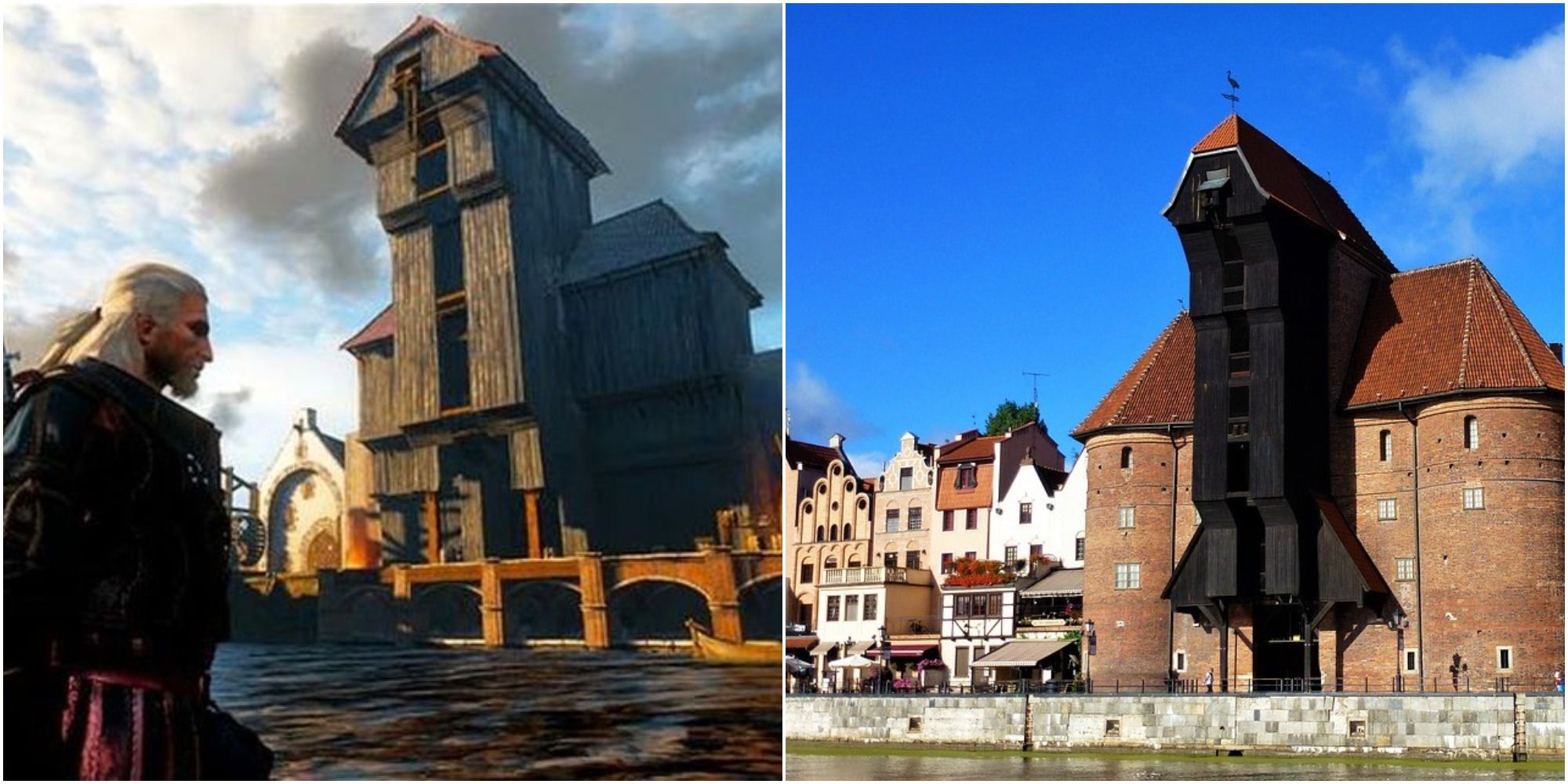There’s a beautiful cultural heritage woven so lovingly into the game itself.
Perhaps the most memorable of these Lucian’s Windmill, a box-shaped windmill just south of Novigrad.
Windmills are a common sight across mainland Europe, most famously perhaps in Holland across its many rolling hills.
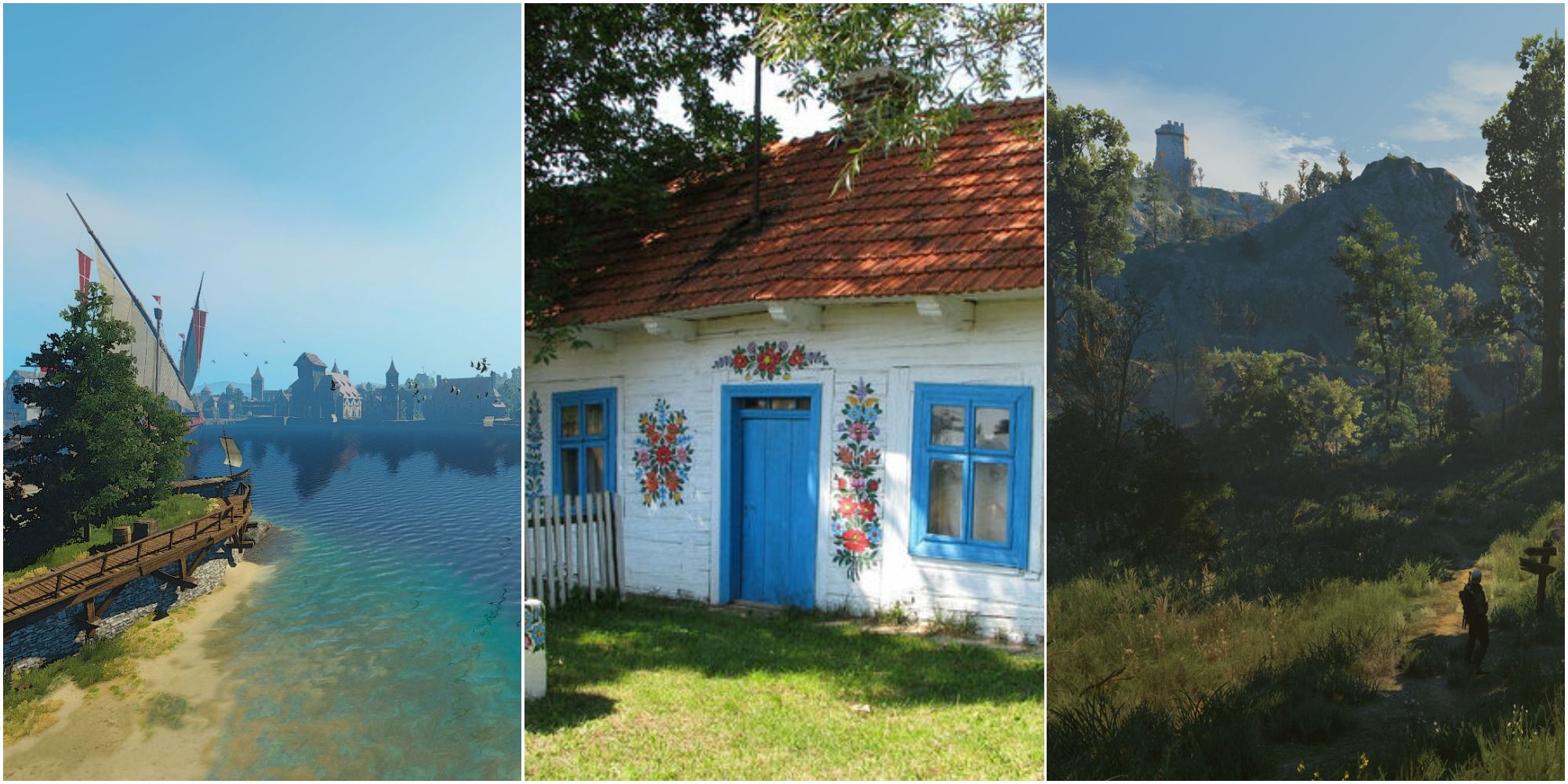
But a windmill quite like that of Lucian’s can be seen in Poland at the Maurzyce Open-Air Museum.
It’s a box-shaped windmill too, adjacent to a small village like many in-game.
It makes for a wonderful site, seeing the rivers flowing underneath the cities as you cross over them.
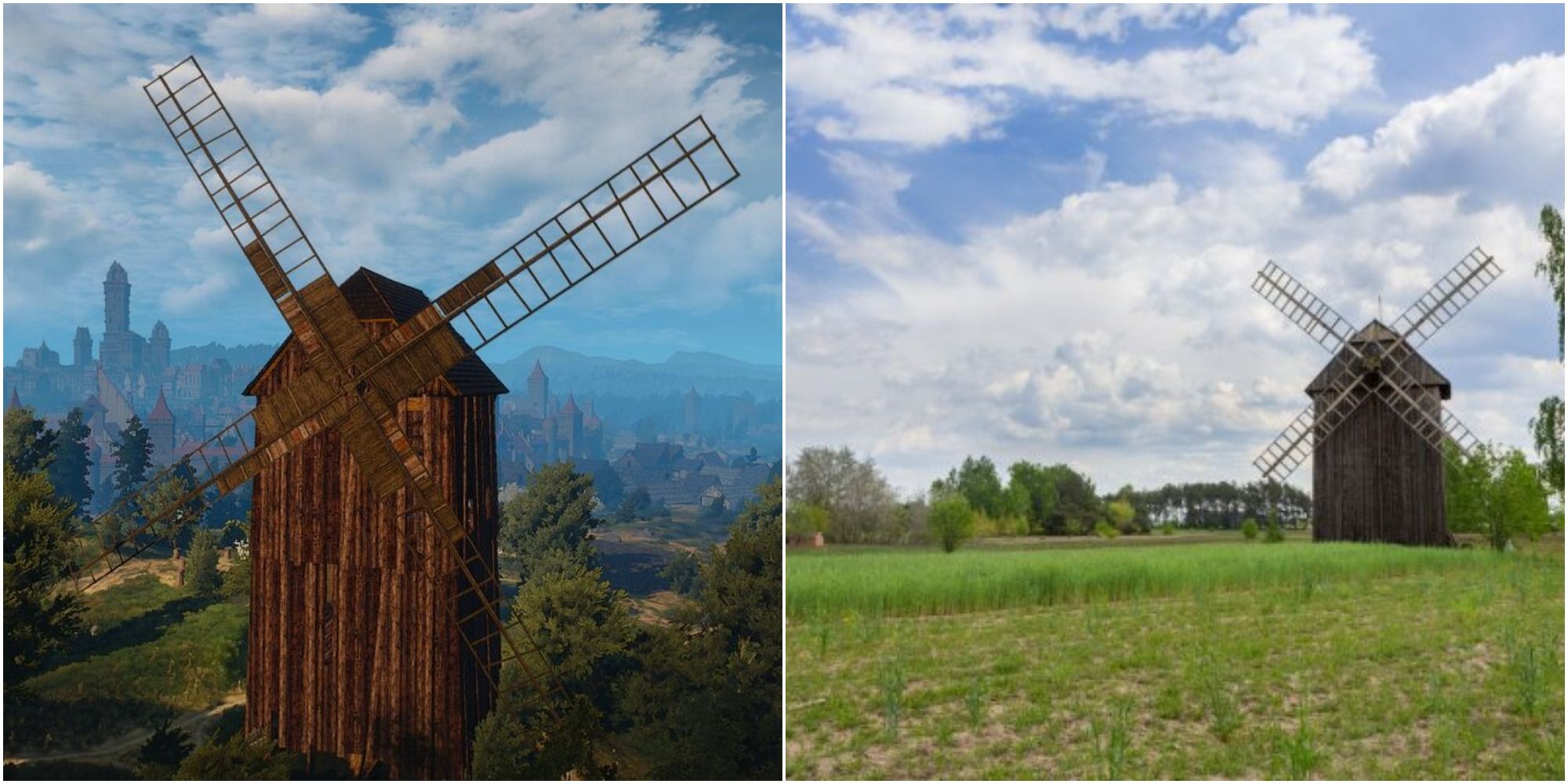
It’s not entirely unlike moats present in many European castles.
However, it also has a slightly more evident Polish root.
It’s a small place, featuring some contracts and even a fist-fighting competition and not much else.
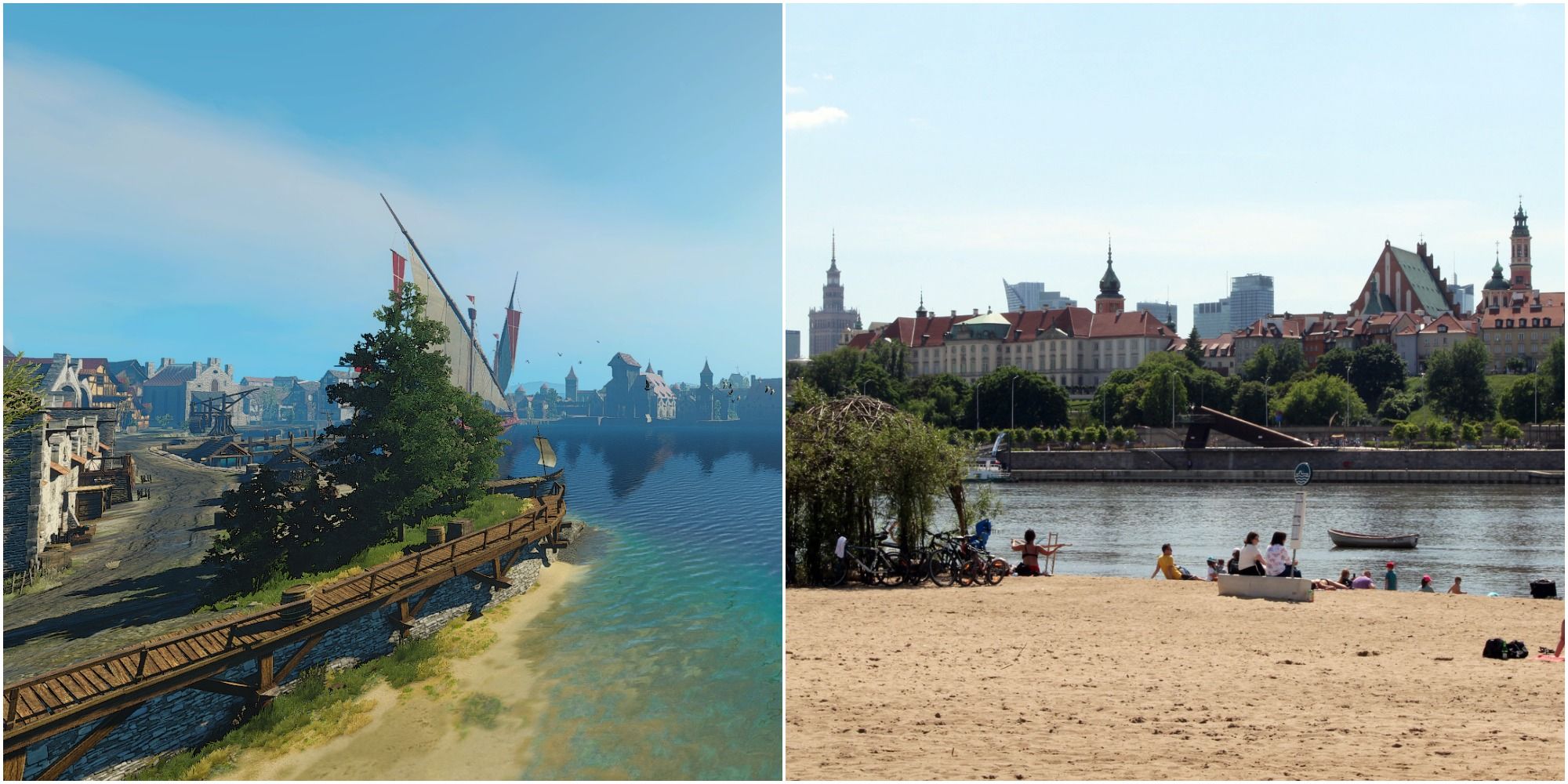
Distinctly noticeable however are the many painted floral designs on the homes there.
These designs aren’t restricted to just Lindenvale; they are incredibly common in the Polish town of Zalipie.
It’s like a fairytale by the game’s own admission.
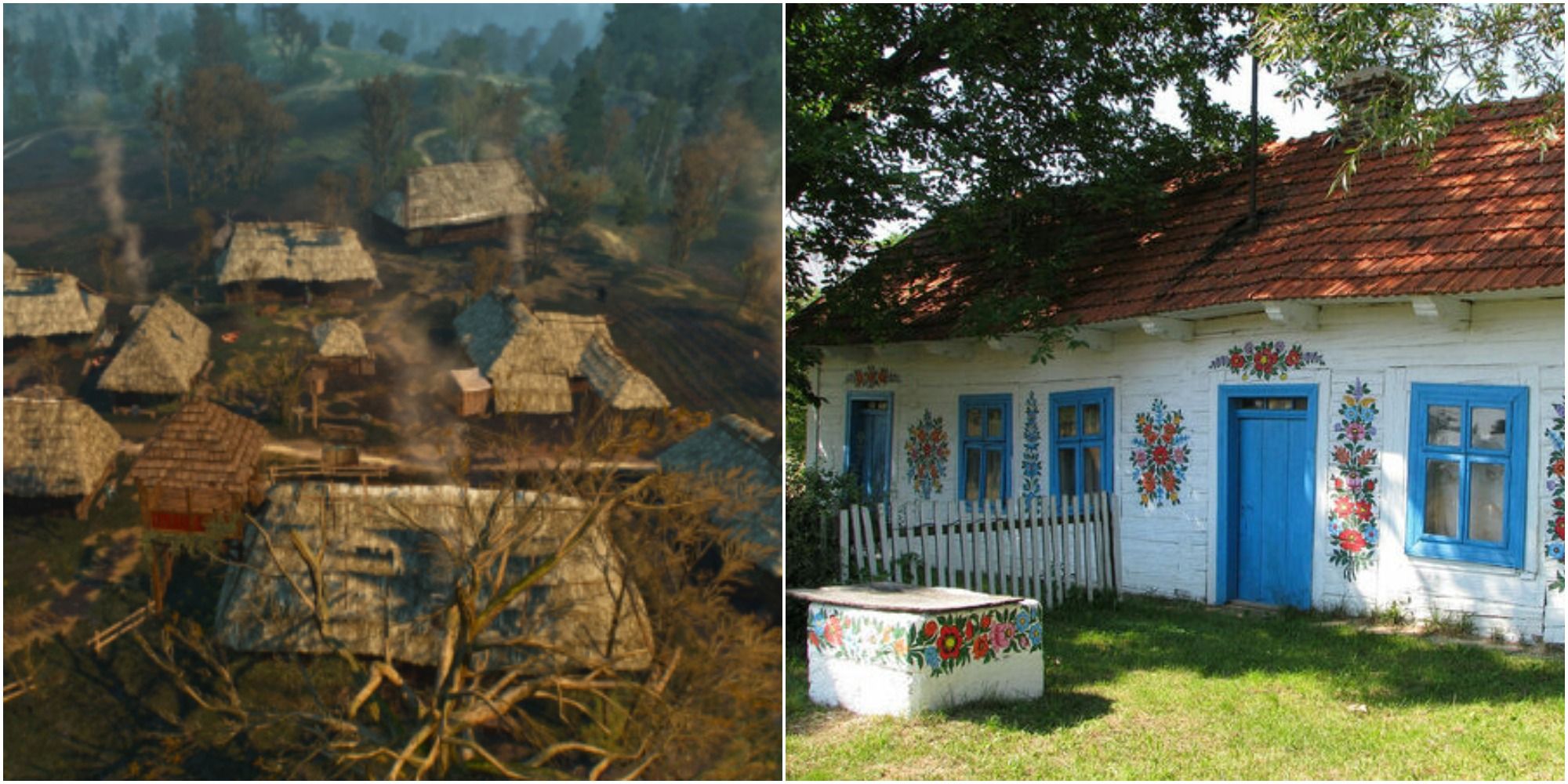
By first impressions, Touissaint would seem heavily based on France.
And this is true by all intents!
Though it actually holds plenty of other Mediterranean mannerisms.
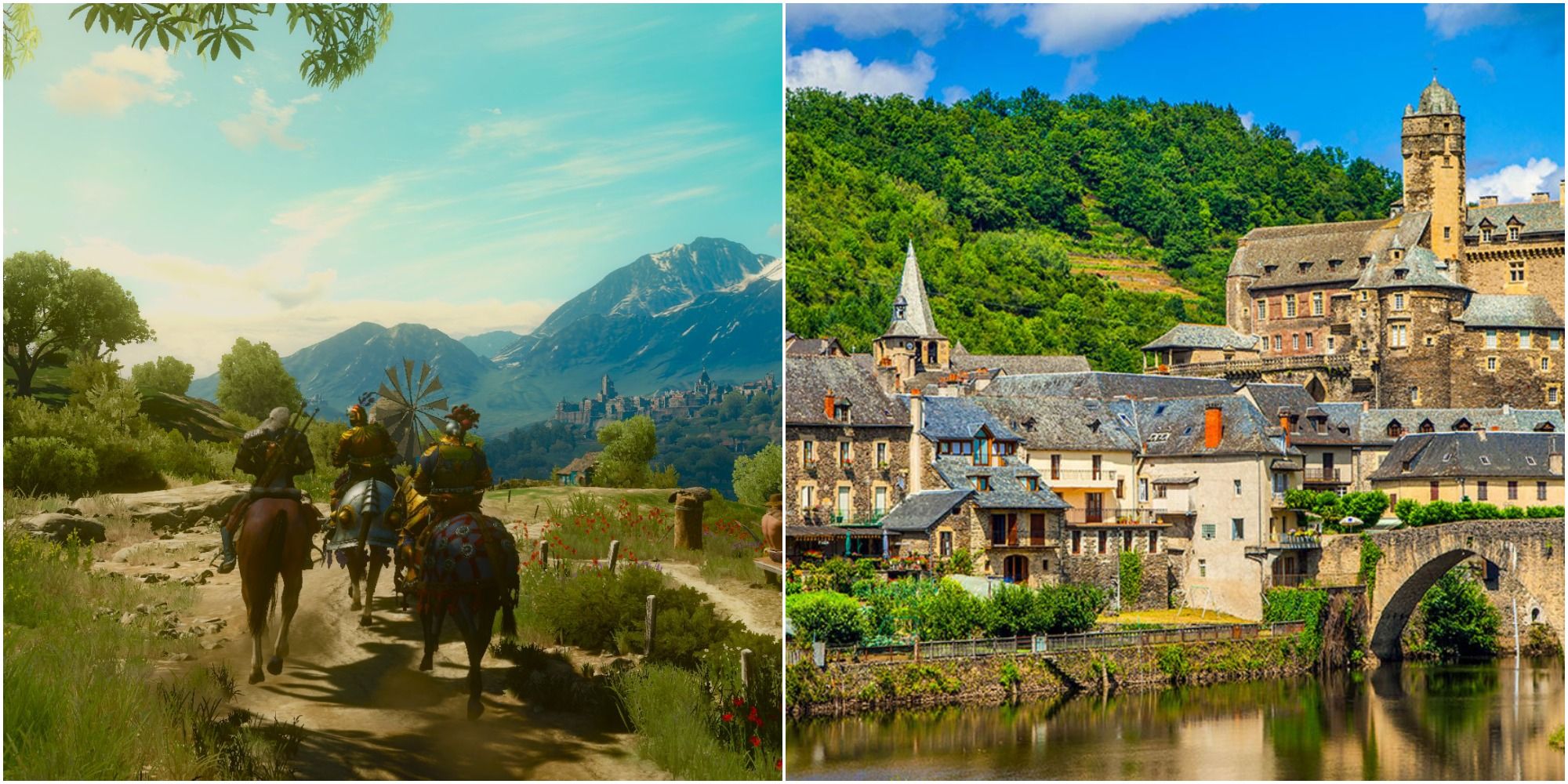
The architecture even somewhat blends Gothic France with the bright colors of many Polish cities.
First assumptions would liken it to the English Oxford, and rightly so.
Oxford also has a history of prestigious academics that likely think too highly of themselves.
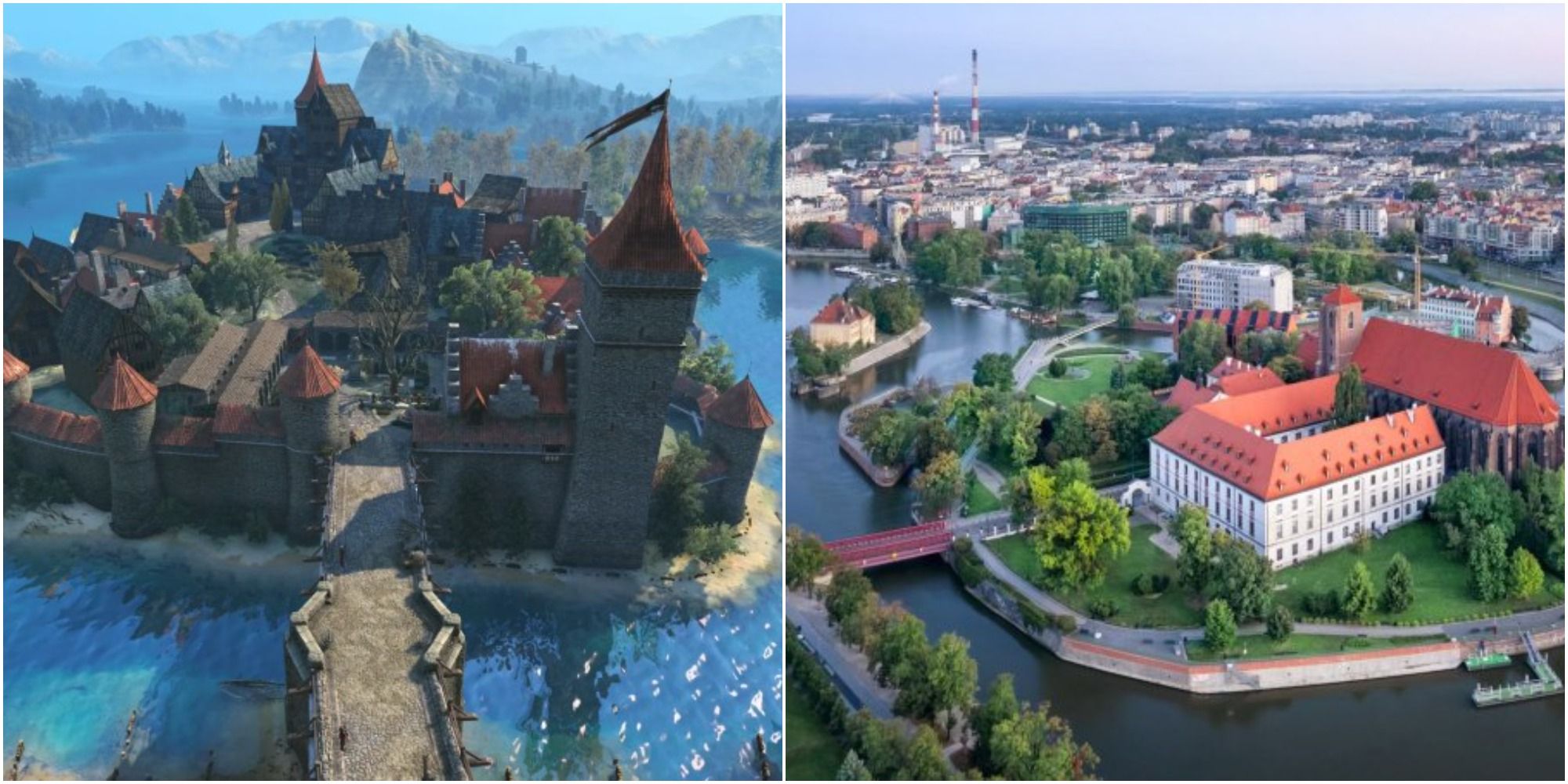
5Velen
More general, but the land of Velen is breathtaking in a mystifying way.
Rather than feeling welcoming or diverse throughout, it instead feels natural and oppressive.
It feels like the land is a character of itself, and an enemy of the people frequently.
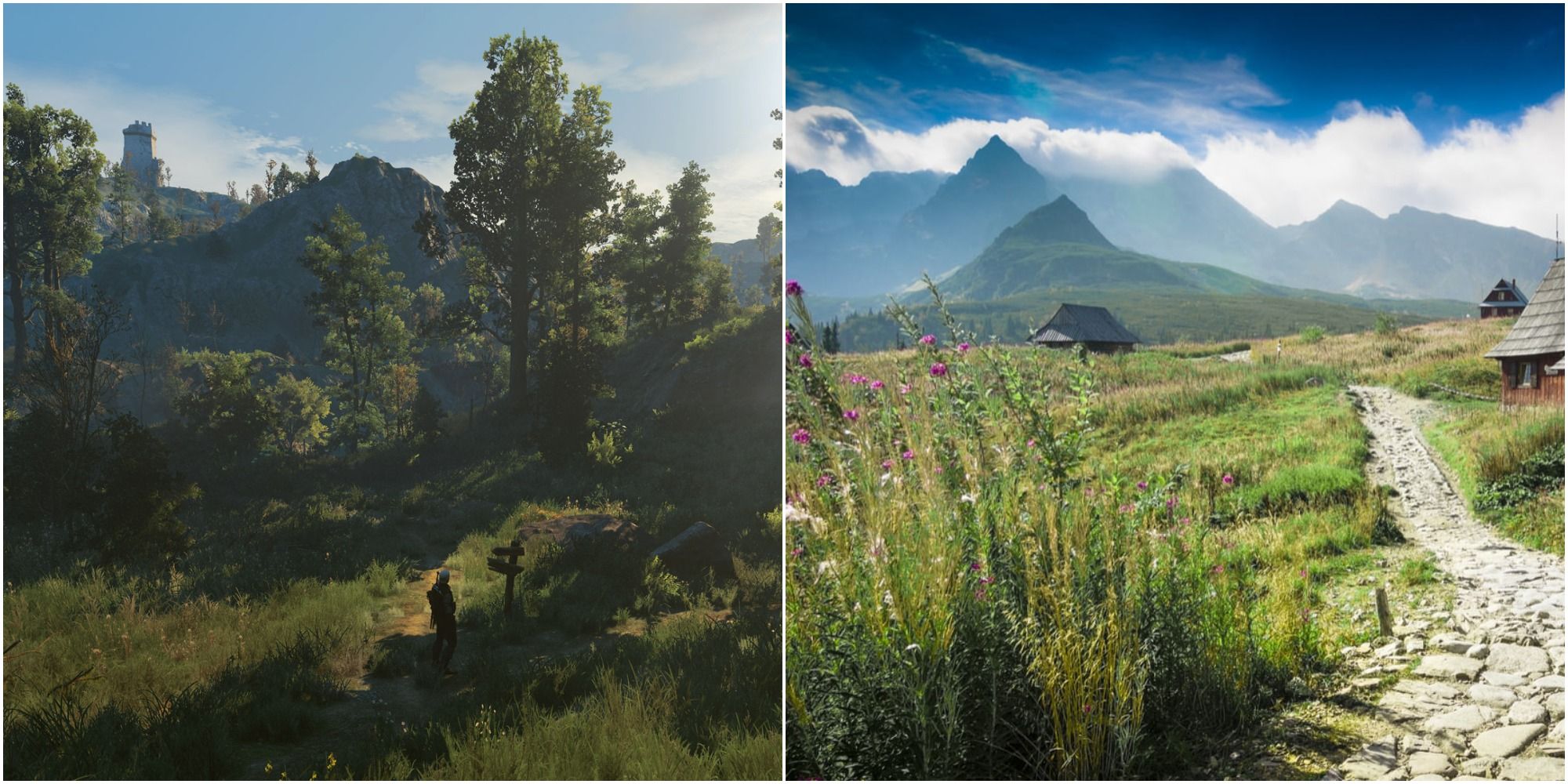
It’s this exact character that makes it so prevalent and unique.
Interestingly, the location and especially so the quest within are heavily inspired by a Polish folktale.
The Mysia Wieza (roughly Mouse Tower) in Kruszwica.
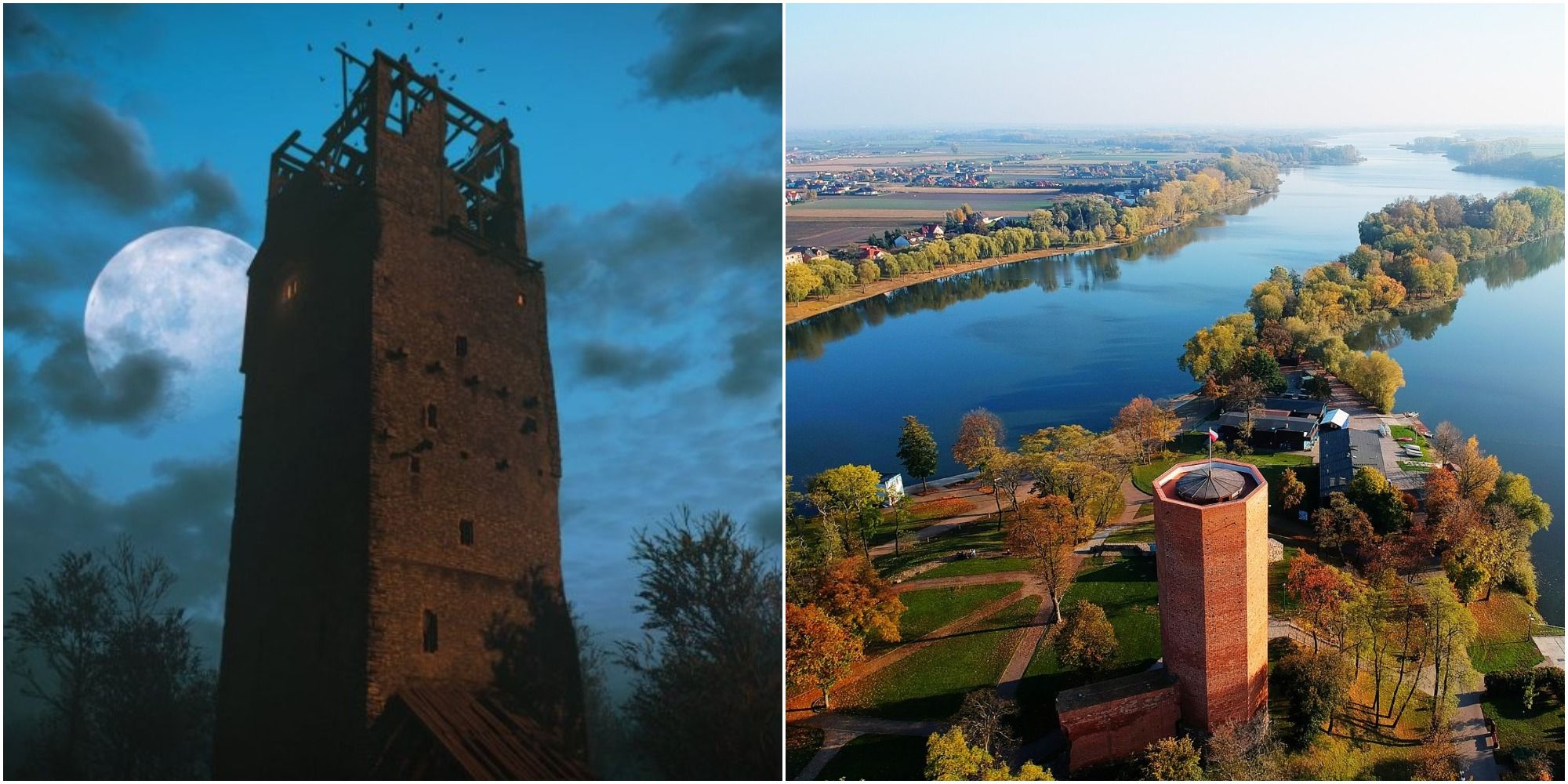
In fact, Skellige takes heavy inspiration from Celtic cultures.
For one, Skellige is very directly named after the Skellig Isles of Ireland.
Most heavily though would be the sub-culture of Norse Gael that settled heavily in the Hebrides of Scotland.
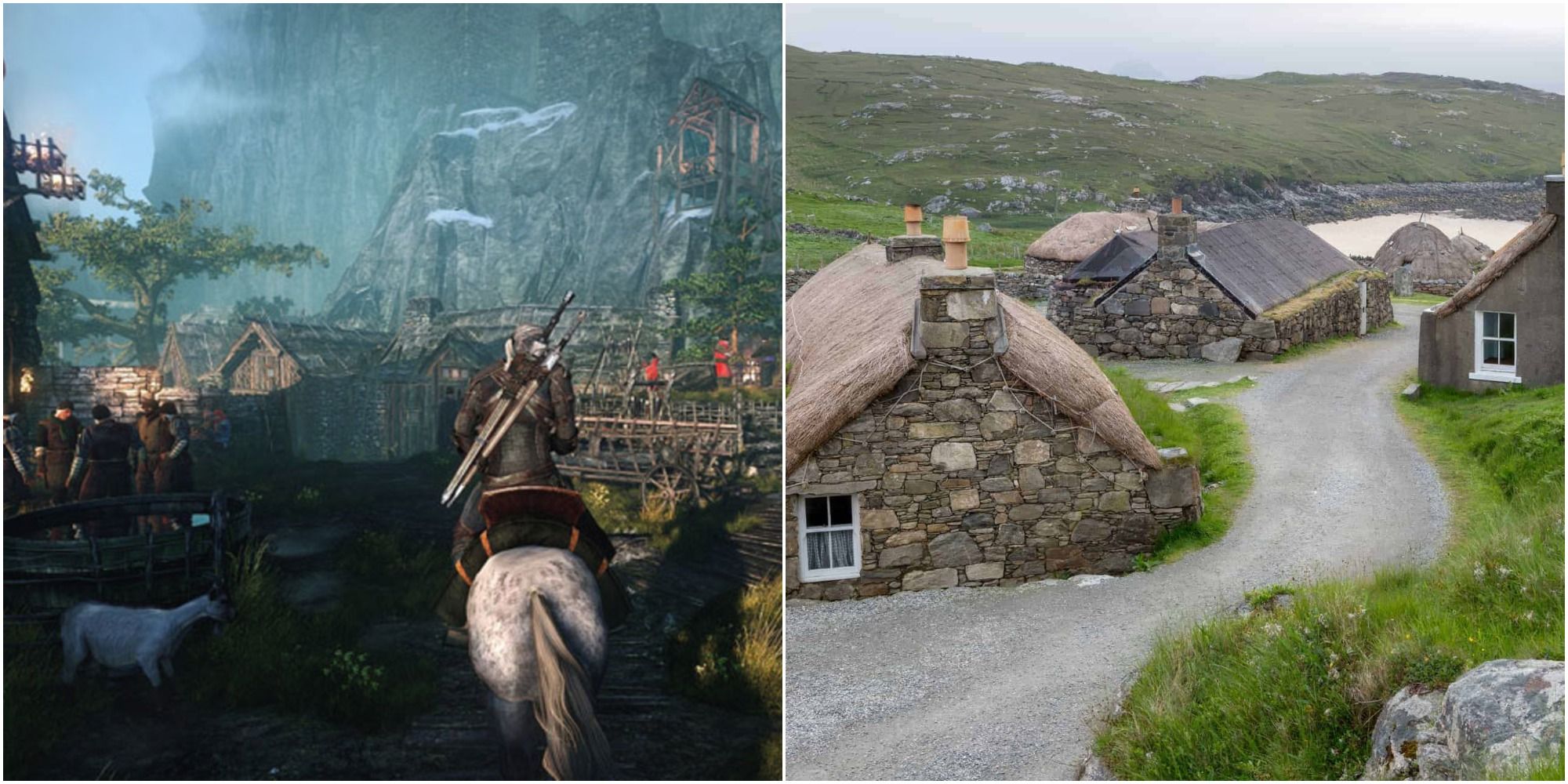
It’s one of the few semi-autonomous towns left, the Baron ruling through allegiance to Nilfgaard.
His questline is emotional, much of it centred around his home of Crow’s Perch.
General, but the similarities can be drawn.
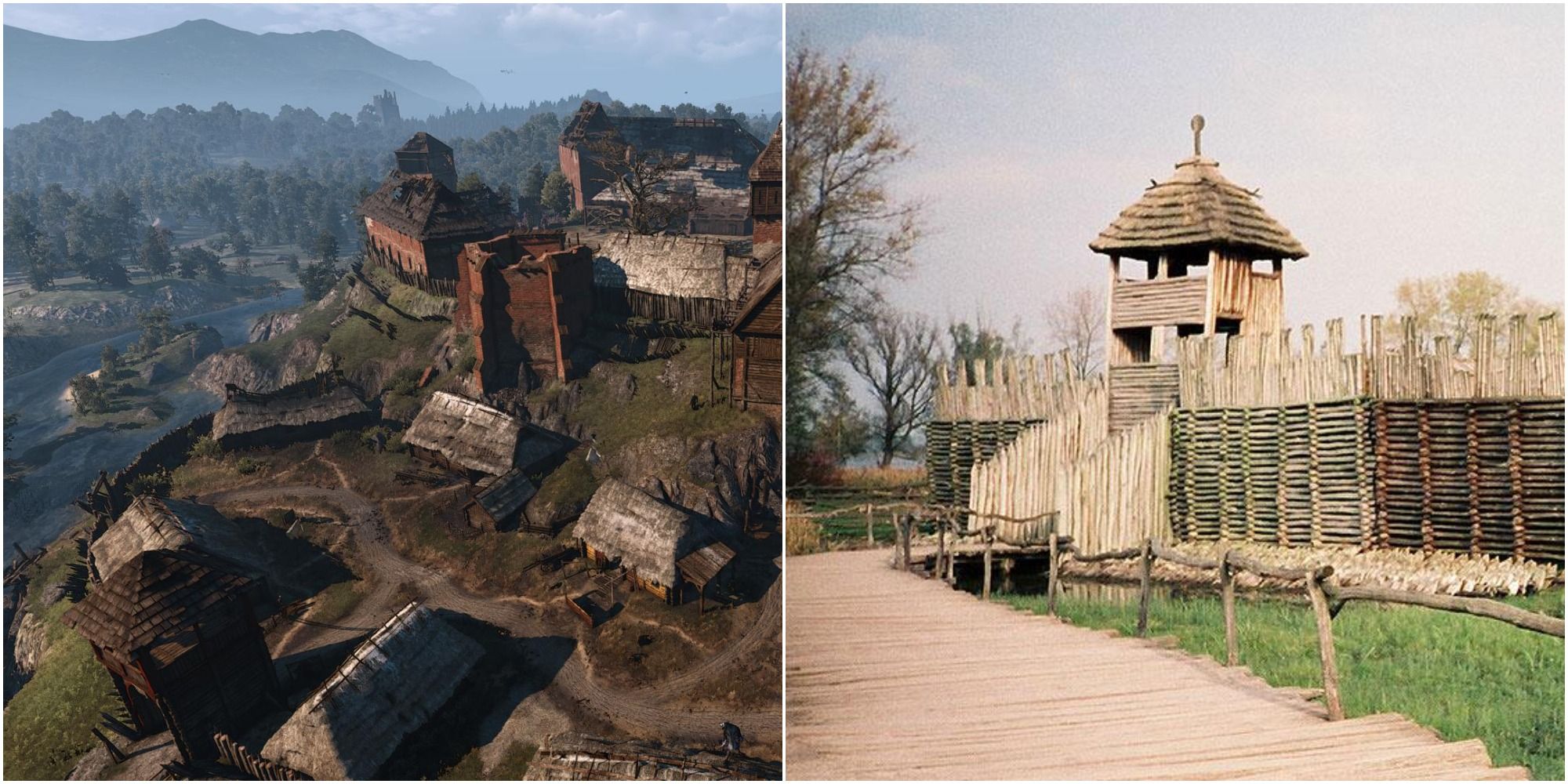
It is a free city (for most of the game, anyway).
It feels like a living city, and with good reason.
NEXT:Scariest Vampires Throughout Video Game History
